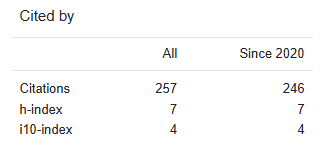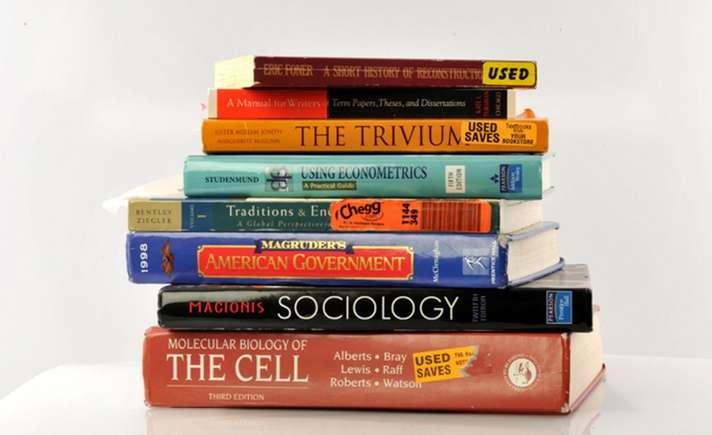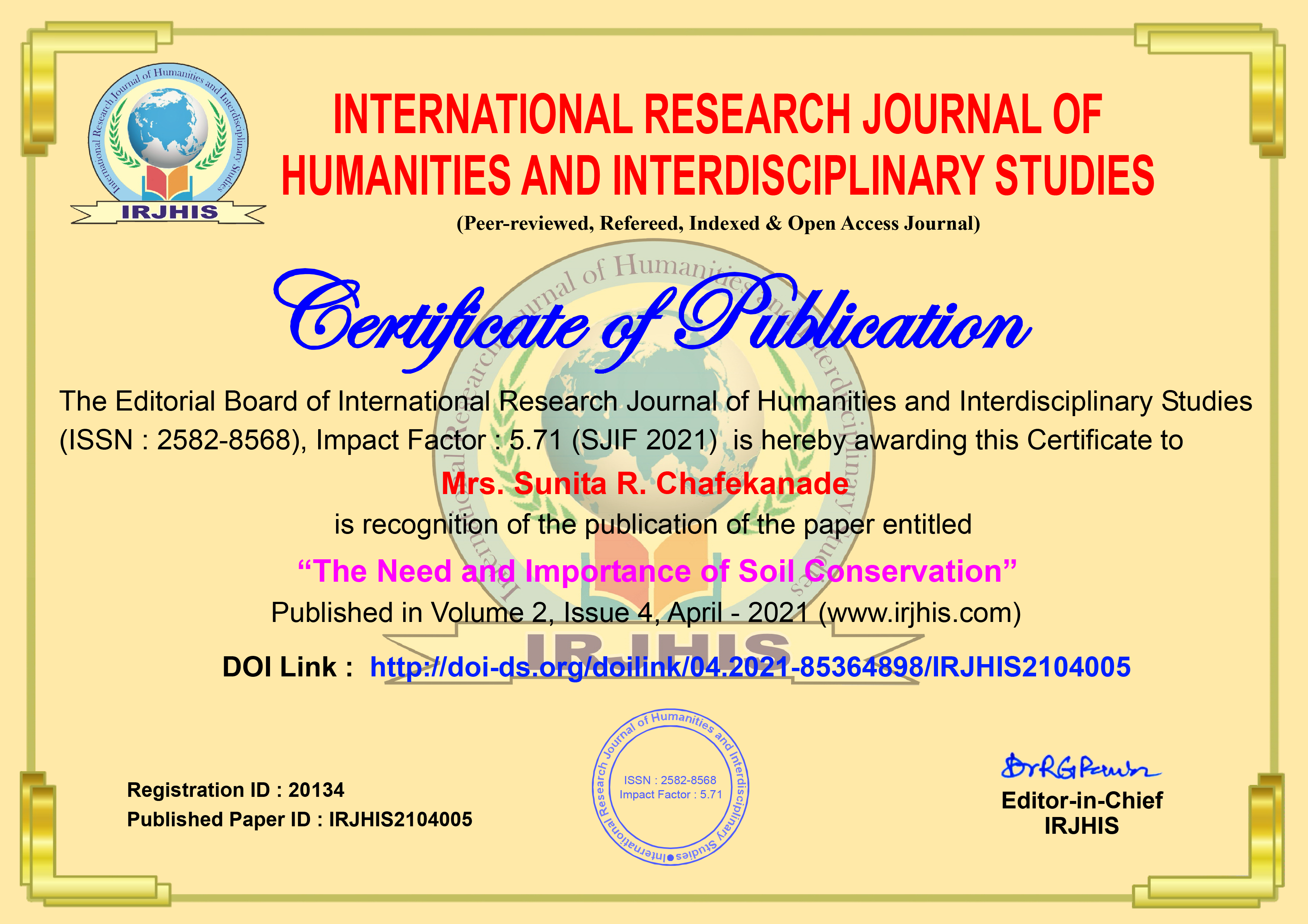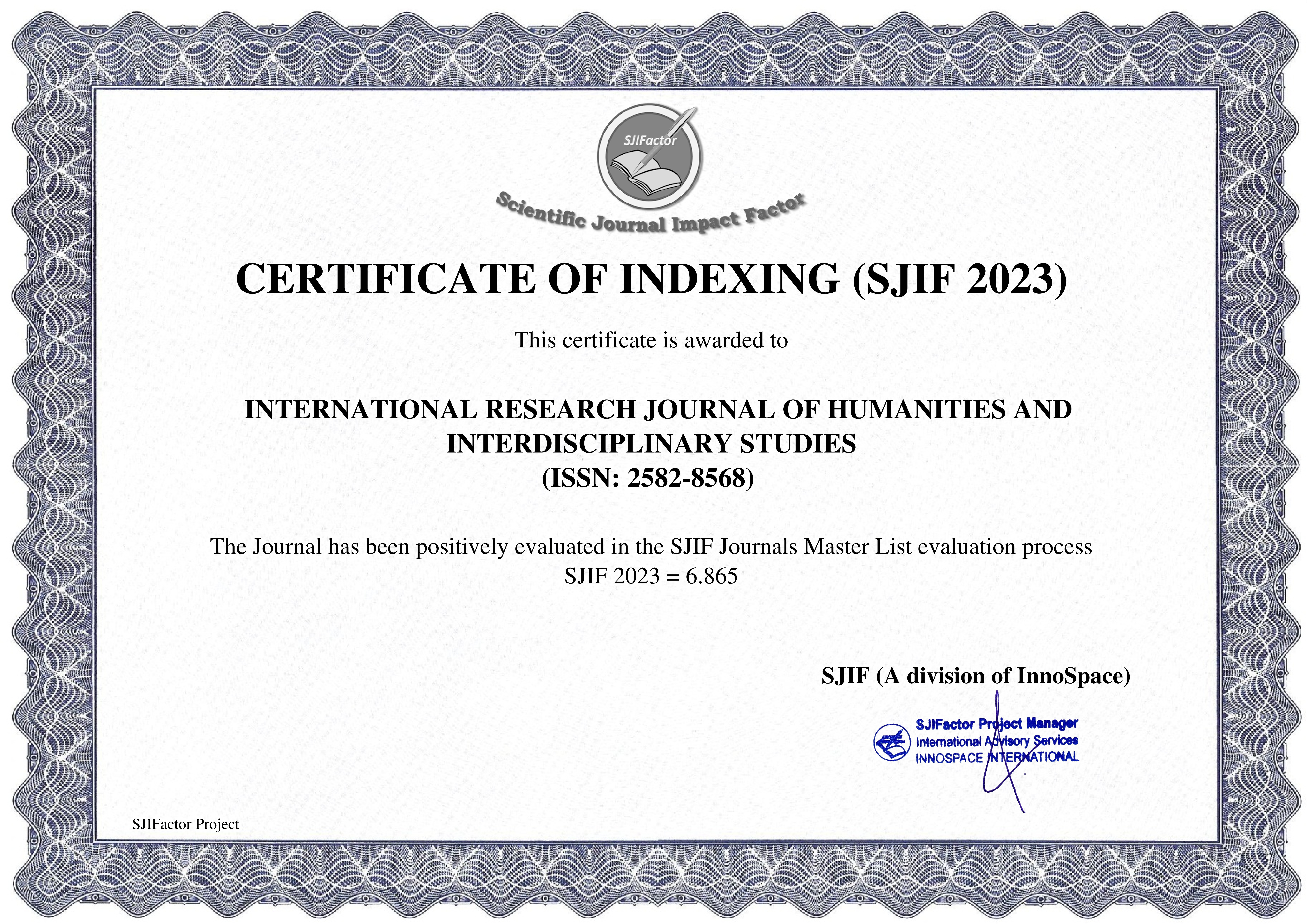Paper Details


Call For Papers
Volume 06, Issue 11
Frequency: 12 Issue per year
Paper Submission: Throughout the Month
Acceptance Notification: Within 2 days
Areas Covered: Multidisciplinary
Accepted Language: Multiple Languages
Journal Type: Online (e-Journal)
Announcement

Publish books with ISBN Number
- Edited Book
- Text Book
- Ph.D Thesis
- Conference Proceedings
ISSN Number:
2582-8568
Journal DOI No:
03.2021-11278686
Title:
The Role of Technology in Hindi Language Teaching
Authors:
Cite this Article:
,
The Role of Technology in Hindi Language Teaching, International Research Journal of Humanities and Interdisciplinary Studies (www.irjhis.com), ISSN : 2582-8568, Volume: 6, Issue: 10, Year: October 2025, Page No : 88-94,
Available at : http://irjhis.com/paper/IRJHIS2510010.pdf
Abstract:
Abstract In today’s technology-driven age, the form of education is constantly changing. Especially in language teaching, the entry of technology has brought revolutionary changes. Hindi, which is the identity of India and a mirror of its diversity, has found a new direction in teaching and learning through the use of Information and Communication Technology (ICT). This paper presents a multidimensional study on the role of technology in Hindi language teaching. Traditionally, Hindi teaching was based on blackboard–chalk methods, rote learning, and teacher-centered approaches. But with time, these became insufficient. Digital tools completely changed the picture of education. During the COVID–19 pandemic, when schools and colleges were closed, online platforms like Zoom, Google Meet, SWAYAM, and Coursera proved that the future of education is based on technology. Hindi teaching also shifted online and students practiced grammar, literature, and language skills from home. The main purpose of this study is to analyze the role of technology in Hindi language teaching, to understand its advantages and limitations, and to explore future possibilities. The research uses descriptive and analytical methods, based on books, research papers, online sources, and educational reports. Findings show that technology has made Hindi teaching simpler, more attractive, and effective. Audio–visual tools, language labs, mobile applications, and e–libraries have improved language efficiency. All four skills of Hindi—listening, speaking, reading, and writing—have developed more evenly with technology. Hindi has also gained international reach, as foreign students are now learning it through online platforms. At the same time, challenges remain, such as digital inequality in India, lack of teacher training, and the issue of poor-quality online content. In conclusion, the role of technology in Hindi teaching is transformative. If the government, educational institutions, and technical experts work together to create quality digital content, provide teacher training, and expand internet access in rural areas, Hindi language teaching will become stronger. The National Education Policy (NEP) 2020 also emphasizes digital education, which will take Hindi language teaching to new heights in the future.
Keywords:
Keywords: Hindi language teaching, Technology, Digital education, ICT, Language laboratory
Publication Details:
Published Paper ID: IRJHIS2510010
Registration ID: 22080
Published In: Volume: 6, Issue: 10, Year: October 2025
Page No: 88-94
ISSN Number: 2582-8568
Download Full Paper: Click Here
Article Preview:





